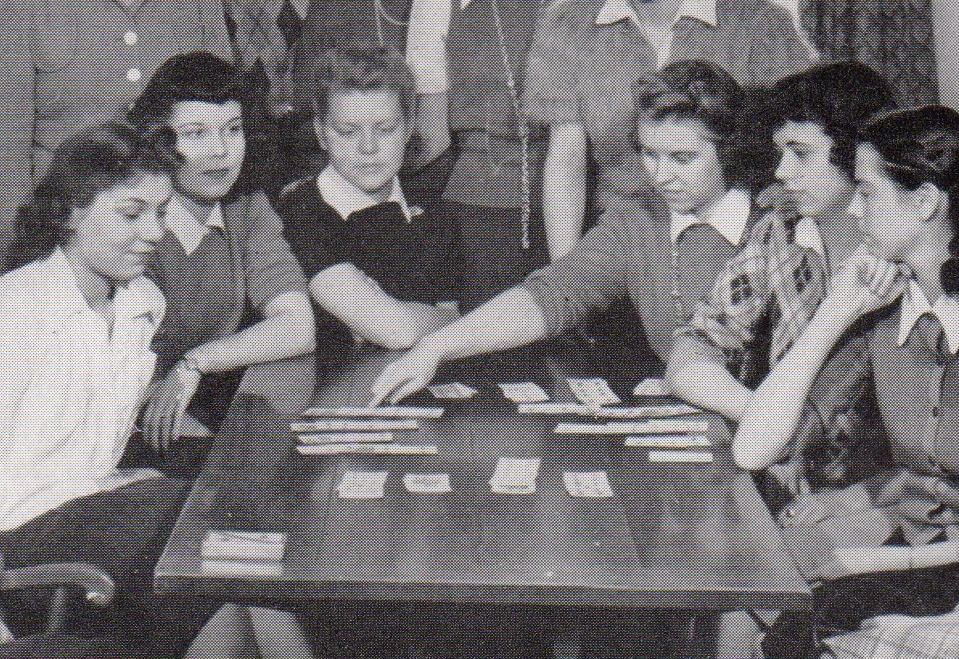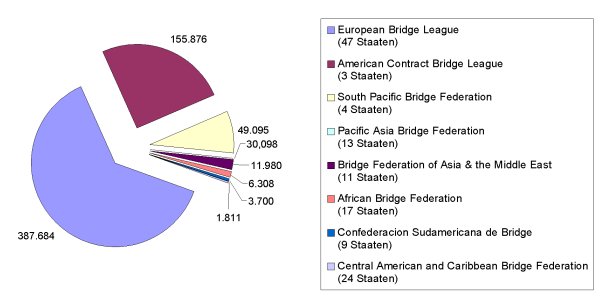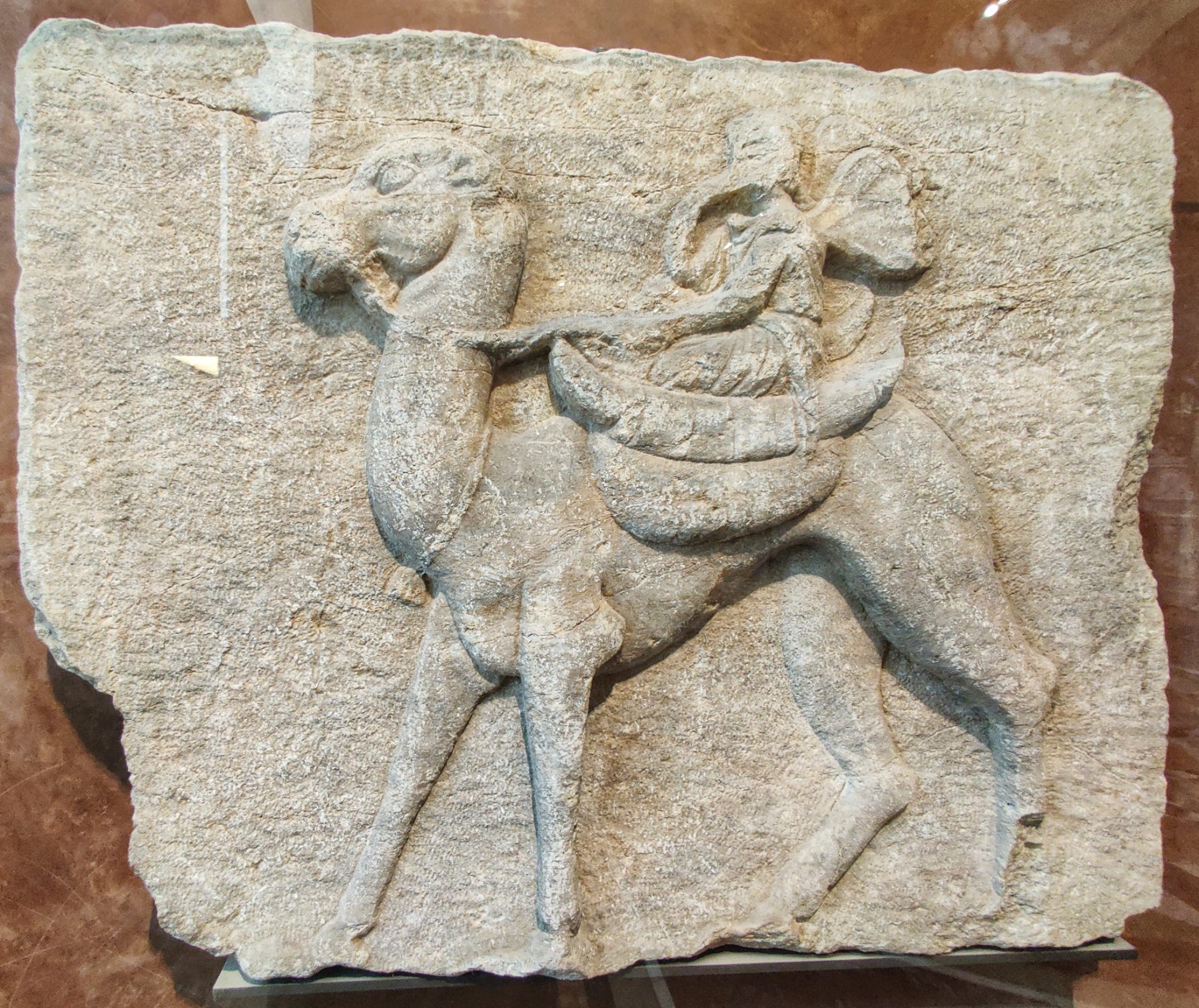|
Psychic Bid
Psychic bid (also psych, pronounced to rhyme with ''like'') is a bid in contract bridge that grossly misstates the power and/or suit lengths of one's hand. It is used deliberately to deceive the opponents. Normally, the psychic bid is made with a weak hand, overstating its overall strength, the length and strength in a particular suit, or both. (The noun is occasionally misspelled as ''psyche'', through confusion with Psyche, a character in a myth concerning Venus and Cupid.) Origins As an early frequent user of the technique, Dorothy Rice Sims is often thought to be the originator of the psychic bid; however, according to bridge player and writer, Albert Morehead, "She did not actually invent the psychic bid, though it is generally credited to her, but she did give it its name and she wrote the first and only book about it." She is regarded as having coined the term "psychic". Examples After two successive passes, this hand might be opened with 1 as a psych, trying to stop opp ... [...More Info...] [...Related Items...] OR: [Wikipedia] [Google] [Baidu] |
Contract Bridge
Contract bridge, or simply bridge, is a trick-taking game, trick-taking card game using a standard 52-card deck. In its basic format, it is played by four players in two Team game, competing partnerships, with partners sitting opposite each other around a table. Millions of people play bridge worldwide in clubs, bridge tournaments, tournaments, online and with friends at home, making it one of the world's most popular card games, particularly among Old Age, seniors. The World Bridge Federation (WBF) is the governing body for international competitive bridge, with numerous other bodies governing it at the regional level. The game consists of a number of , each progressing through four phases. The cards are to the players; then the players ''call'' (or ''bid'') in an seeking to take the , specifying how many tricks the partnership receiving the contract (the declaring side) needs to take to receive points for the deal. During the auction, partners use their bids to exchange infor ... [...More Info...] [...Related Items...] OR: [Wikipedia] [Google] [Baidu] |
Bidding System
A bidding system in contract bridge is the set of agreements and understandings assigned to calls and sequences of calls used by a partnership, and includes a full description of the meaning of each treatment and convention. The purpose of bidding is for each partnership to ascertain which contract, whether made or defeated and whether bid by them or by their opponents, would give the partnership their best scoring result. Each bidding system ascribes a meaning to every possible call by each member of a partnership, and presents a codified language which allows the players to exchange information about their card holdings. The vocabulary of is limited to 38 different calls - 35 level/denomination ''bids''A bid consists of two components — the level in range of 1-7, and one of five denominations: clubs (), diamonds (), hearts (), spades () and notrump (NT) plus ''pass'', ''double'' and ''redouble''. Any bid becomes a contract if followed by three successive passes, therefore ... [...More Info...] [...Related Items...] OR: [Wikipedia] [Google] [Baidu] |
Brown Sticker
Brown is a color. It can be considered a composite color, but it is mainly a darker shade of orange. In the CMYK color model used in printing and painting, brown is usually made by combining the colors orange and black. In the RGB color model used to project colors onto television screens and computer monitors, brown combines red and green. The color brown is seen widely in nature, wood, soil, human hair color, eye color and skin pigmentation. Brown is the color of dark wood or rich soil. In the RYB color model, brown is made by mixing the three primary colors, red, yellow, and blue. According to public opinion surveys in Europe and the United States, brown is the least favorite color of the public; it is often associated with fecal matter, plainness, the rustic, although it does also have positive associations, including baking, warmth, wildlife, the autumn and music. Etymology The term is from Old English , in origin for any dusky or dark shade of color. The first recorde ... [...More Info...] [...Related Items...] OR: [Wikipedia] [Google] [Baidu] |
World Bridge Federation
The World Bridge Federation (WBF) is the international governing body of contract bridge. The WBF is responsible for world championship competitions, most of which are conducted at a few multi-event meets on a four-year cycle. The most prestigious championships are those for national teams in Open, Women, and Seniors categories: the Bermuda Bowl, Venice Cup, and Senior Bowl (jointly the biennial "World Teams Championships"), and the quadrennial World Team Olympiads, incorporated in the World Mind Sports Games beginning 2008. The World Bridge Federation was founded August 1958 by delegates from Europe, North America, and South America (now Zones 1 to 3). It is incorporated under the laws of Switzerland as a 'non-profit' organization. Harold Stirling Vanderbilt was made the first honorary member of the WBF for his work developing the game. The current president is Jan Kamras of Sweden. WBF membership now comprises 123 National Contract Bridge Organizations (NBOs) with about ... [...More Info...] [...Related Items...] OR: [Wikipedia] [Google] [Baidu] |
Contract Bridge Glossary
These terms are used in contract bridge, using duplicate or rubber scoring. Some of them are also used in whist, bid whist, the obsolete game auction bridge, and other trick-taking games. This glossary supplements the Glossary of card game terms. : ''In the following entries,'' boldface links ''are external to the glossary and'' plain links ''reference other glossary entries.'' 0–9 ;: A mnemonic for the original (Roman) response structure to the Roman Key Card Blackwood convention. It represents "3 or 0" and "1 or 4", meaning that the lowest step response (5) to the 4NT key card asking bid shows responder has three or zero keycards and the next step (5) shows one or four. ;: A mnemonic for a variant response structure to the Roman Key Card Blackwood convention. It represents "1 or 4" and "3 or 0", meaning that the lowest step response (5) to the 4NT key card asking bid shows responder has one or four keycards and the next step (5) shows three or zero. ;1RF: One round ... [...More Info...] [...Related Items...] OR: [Wikipedia] [Google] [Baidu] |
American Contract Bridge League
The American Contract Bridge League (ACBL) is a governing body for contract bridge in the United States, Canada, Mexico, and Bermuda. It is the largest such organization in North America having the stated mission "to promote, grow and sustain the game of bridge and serve the bridge-related interests of our Members." Its major activities are: * sanctioning games at local bridge clubs and regional events * certifying bridge teachers and club directors * conducting the North American Bridge Championships (NABC) * providing education materials and services * administering the ACBL masterpoints system for tracking player performance * providing oversight for ethical behavior and play * representing the interests of its members with the World Bridge Federation. , it had more than 130,000 members. History The ACBL was created in 1937 by the merger of the American Bridge League and the United States Bridge Association in 1937. At that time, its bridge tournaments were open only to white ... [...More Info...] [...Related Items...] OR: [Wikipedia] [Google] [Baidu] |
Strong Two Clubs
Bridge bidding systems that incorporate a strong 2 clubs opening bid include modern Standard American, standard Acol, 2/1 game forcing and many others. In most natural bridge bidding systems, the opening bid of 2 is used exclusively for hands too strong for an opening bid at the one-level. Typically, the bid is reserved for hands that are almost strong enough to bid to the game level on their own power, or even stronger. The exact requirements for the bid vary considerably depending upon the system used and partnership agreement. In most early bidding systems, opening bids of two of a suit signified a very strong hand and were referred to as strong two bids. However, pioneer bridge inventors like Pierre Albarran and David Burnstine saw that the frequency of such bids is fairly low, and that a 2 bid can be used for all strong hands, leaving other two-level opening bids for other purposes (for example, weak two bids). Bid requirements The strength requirements for the 2 bid diffe ... [...More Info...] [...Related Items...] OR: [Wikipedia] [Google] [Baidu] |
Duplicate Bridge
Duplicate bridge is a variation of contract bridge where the same set of bridge deals (i.e., the distribution of the 52 cards among the four hands) are played by different competitors, and scoring is based on relative performance. In this way, every hand, whether strong or weak, is played in competition with others playing identical cards, and the element of skill is heightened while that of chance is reduced. This stands in contrast to Bridge played without duplication, where each hand is freshly dealt and where scores may be more affected by chance in the short run. Four-way card holders known as Board (bridge), bridge boards are used to enable each player's hand to be preserved from table to table, and final scores are calculated by comparing each pair's result with others who played the same hand. In duplicate bridge, players normally play all the hands with the same partner, and compete either as a partnership (in a 'Pairs tournament') or on a team with one or more other p ... [...More Info...] [...Related Items...] OR: [Wikipedia] [Google] [Baidu] |
Takeout Double
In the card game contract bridge, a takeout double is a low-level convention (bridge), conventional call of "Double" over an opponent's bid as a request for partner to bid his best of the unbid suits. The most common takeout double is after an opponent's opening bid of one of a suit where the double shows a hand with opening values, support for all three unbid suits (at least three cards in each) and shortness in the suit doubled (preferably, no more than two). Normally, the partner of the doubler must bid his best suit but may pass if (a) his right hand opponent intervenes or (b) on the more rare occasions when his hand is such that he wishes to convert the takeout double to a . Requirements Commonly a double is considered for takeout whenever one of the following conditions is met (but see #Balancing (protective) doubles, balancing double below): *Opponents have previously bid only one suit, and the player did not have chance to double that suit before. *Opponents have previous ... [...More Info...] [...Related Items...] OR: [Wikipedia] [Google] [Baidu] |
Psyche (mythology)
Psyche (; ; ) is the Greek goddess of the soul and often represented as a beautiful woman with butterfly wings. The name Psyche means "soul" in Greek and was commonly referred to as such in Roman mythology as well, though the direct translation is '' Anima'' (Latin word for "soul"). She was born a mortal woman and eventually granted immortality, with beauty that rivaled even Aphrodite, goddess of love. Psyche is known from the novel ''The Golden Ass'', also known as ''Metamorphoses,'' written by the Roman philosopher and orator Apuleius in the 2nd century. In the myth, she was given multiple trials to be with her beloved, Cupid (the Roman counterpart of the Greek Eros), god of physical love and desire and son of Venus. The cultural influences of Psyche's story are depicted in art dating back to the 4th century BCE. In (Metamorphosis - The Golden Ass) ''The Golden Ass'' was written in Latin in the 2nd century CE by Apuleius. The novel consists of eleven books, mainly surr ... [...More Info...] [...Related Items...] OR: [Wikipedia] [Google] [Baidu] |
Comic Notrump . The partner, if interested in game, checks the "seriousness" of the overcall by bidding 2, and the overcaller responds 2NT with real notrump overcall, and corrects to a suit (or passes with clubs) if weak. It dates back to the times when jump overcalls denoted intermediate or strong hands with a single suit. The convention presents a psychic bid with control, thus it can be subject to In contract bridge, the Gardener one notrump overcall (also known as comic notrump) is an overcall of 1NT denoting either a 16-18 balanced hand (as natural), or a weak hand with a long suit (6 card). It is named after British player Nico Gardener Nico Gardener (né Goldinger, 27 January 1906 – 10 December 1989) was a British international bridge player and a leading bridge teacher in London and on cruise ships. [...More Info...] [...Related Items...] OR: [Wikipedia] [Google] [Baidu] |
Preempt
Preempt (also spelled "pre-empt") is a bid in contract bridge whose primary objectives are (1) to thwart opponents' ability to bid to their best contract, with some safety, and (2) to fully describe one's hand to one's partner in a single bid. A preemptive bid is usually made by ''jumping'', i.e. skipping one or more bidding levels. Since it deprives the opponents of the bidding space, it is expected that they will either find a wrong contract (too high or in a wrong denomination) of their own, or fail to find any. A preemptive bid often has the aim of a ''save'', where a partnership bids a contract knowing it cannot be made, but assumes that (even when doubled), the penalty will still be smaller than the value of opponents' bid and made contract. Scoring context The tables at right help to illustrate the limits of the scoring advantage to be gained in duplicate bridge by preempting or sacrificing when the opponents may be successful in making a game contract. The level to w ... [...More Info...] [...Related Items...] OR: [Wikipedia] [Google] [Baidu] |




